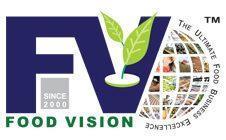Employee Motivation / Retention
For healthy and effective organizations, one of the crucial challenges is workforce engagement and motivation. This lack of motivation and engagement is determinantal and may ultimately lead employees’ turnover.
Employee retention rate is an organizational bottleneck in their smooth operations. Organizations tend to establish policies and embrace strategies that ensure employee loyalty to the workplace to ensure efficient operation, continuity and corporate sustainability.
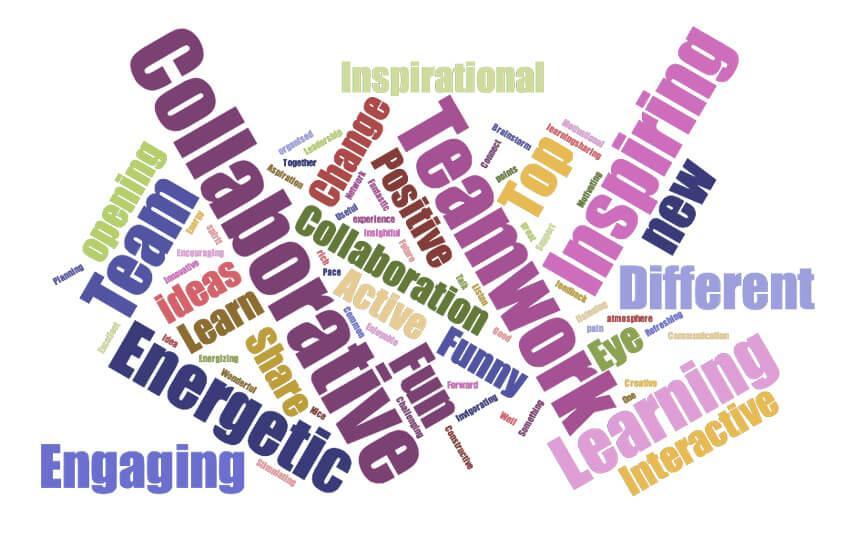

Employee Motivation / Retention
Motivation is derived from the Latin word, “movere” which literally means movement. In practice, motivation is a behaviour, inclination, enthusiasm, and energy level that an employee reflects at workplace while doing work tasks. Employee’s engagement, and creativity in work related tasks and projects and interest to achieve goals and objectives are many times the indicator of employee motivation.

Employee motivation may also be an indicator of how an employee value organizational goals and how much ownership an employee has and what is the extent of employee’s empowerment.
Motivation itself is intangible, hard to measure and extremely challenging to control as it may not have one dimension, but its doable if perceived and done right. It’s all about intent, passion, and persistence.
In practices, Motivation has two types:
- Intrinsic motivation
- Extrinsic motivation
For corporations, employees are always the most significant asset, so their motivation is key for organizational growth, resilience and sustainability.


Experts at Food Vision can help you find the best solutions for your employee motivation woes. Your organization with our experts can open the complex strands of DNA of motivation at your practice and help you find the right mix.
Employee Retention/ Turnover
To understand employee retention issues, it is helpful to comprehend employee turnover and its implications. In practice, turnover is the act of replacing an employee with a new one. In this process, companies may lose trained and valuable members of the workforce. This act may happen because of the termination, interagency transfers, resignations, retirement, and death. As companies spend a lot of resources in employee development to enhance competitively and compatibility, unwanted turnover becomes a real challenge for successful organizations. Turnover may be voluntary or forced, it may be functional or dysfunctional.
In practice, there are Four Types of Turnovers.
- Voluntary
- Involuntary
- Functional
- Dysfunctional
Among all of these, dysfunctional turnover is the most costly and detrimental to the organizations. It refers to a situation when a productive and high-performing employee leaves the company due to any specific reasons. Dysfunctional turnover could be due to a more appealing and career-oriented job offer or lack of advancement and growth opportunities in the current organization. This type of turnover is not only costly but capable of affecting organizational reputation.
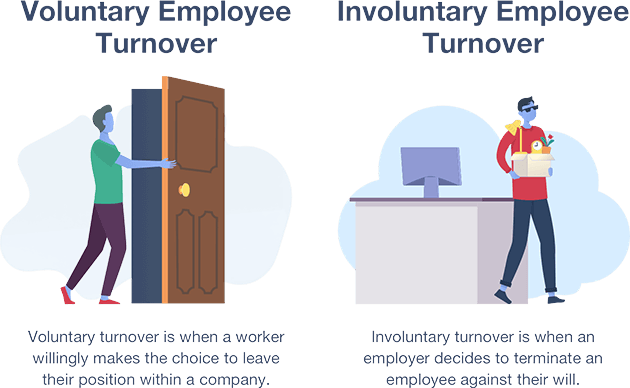
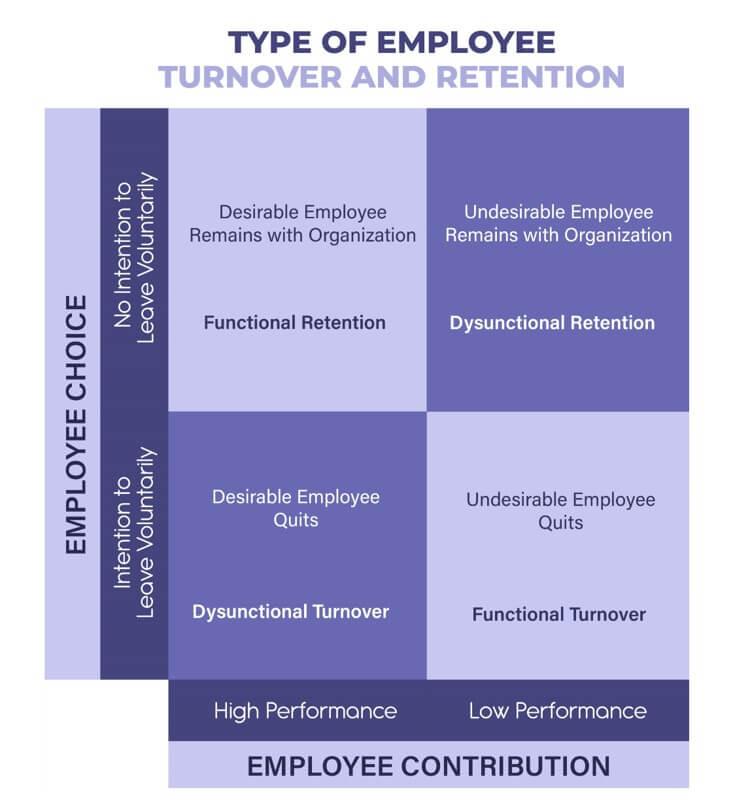
Lack of employees’ retention is detrimental to organizations, their functions, and stability. Lack of retention of valuable employee mostly affects organizational balance and performance and has always caused problems for organizations. However, employee retention is not an absolute and may not be destructive in all aspects, but it inevitably incurs a financial cost in retraining and loss of reputation.
Though no organization is immune to employee turnover, but strategies can help organization retain their valuable assets, employees. Food Vision Experts can help you look through your policies and practices to see how you could reduce dysfunctional turnover. It does not just ensure lower cost of production, but also effective and smooth operation that may guarantee organizational sustainability.
Teamwork, Collaboration and Engagement
The environment of teamwork, participation, collaboration, and engagement is key for employee motivation and retention. You can’t retain employees by forcing them to stay but you can do it by developing and adopting retention and engagement strategies.


How to develop or enhance Ownership, Commitment and Pride of Belonging at your workplace? We have the answer. Ask an Expert about your options.
How to enable Teams through Capacity Building and empowerment?

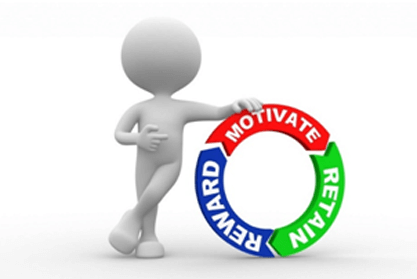
Food Vision offers consulting and coaching on how to transform your workplace to an active and enabled environment that lives the life of engagement, critical thinking and performance.
Smart Employment Initiative:
Inquire about our famous program “Smart Employment” that revolves around four fundamentals – Hire, Enable, Engage, Retain.
